The Smart Workplace Market is currently characterized by a dynamic competitive landscape, driven by the increasing demand for enhanced operational efficiency and employee productivity. Key players such as Cisco Systems (US), Microsoft Corporation (US), and Siemens AG (DE) are at the forefront, each adopting distinct strategies to solidify their market positions. Cisco Systems (US) emphasizes innovation through its advanced networking solutions, while Microsoft Corporation (US) focuses on integrating AI and cloud technologies to enhance workplace collaboration. Siemens AG (DE) is leveraging its expertise in automation and digitalization to create smart building solutions, thereby contributing to a more sustainable work environment. Collectively, these strategies not only enhance their competitive edge but also shape the overall market dynamics by fostering a culture of innovation and technological advancement.
In terms of business tactics, companies are increasingly localizing manufacturing and optimizing supply chains to respond swiftly to market demands. The Smart Workplace Market appears moderately fragmented, with a mix of established players and emerging startups. The collective influence of these key players is significant, as they drive technological advancements and set industry standards, thereby shaping the competitive structure of the market.
In November 2025, Cisco Systems (US) announced a strategic partnership with a leading AI firm to enhance its smart workplace solutions. This collaboration aims to integrate advanced AI capabilities into Cisco's existing product suite, potentially revolutionizing how organizations manage their workplace environments. The strategic importance of this partnership lies in its potential to provide clients with more intelligent and adaptive solutions, thereby increasing Cisco's market share in the rapidly evolving smart workplace sector.
In October 2025, Microsoft Corporation (US) launched a new suite of tools designed to facilitate hybrid work environments. This initiative focuses on enhancing user experience through seamless integration of virtual and physical workspaces. The strategic significance of this launch is profound, as it positions Microsoft as a leader in the hybrid work revolution, catering to the evolving needs of businesses seeking flexibility and efficiency in their operations.
In September 2025, Siemens AG (DE) unveiled a new smart building management system that utilizes IoT technology to optimize energy consumption and improve operational efficiency. This development is strategically important as it aligns with global sustainability goals, allowing organizations to reduce their carbon footprint while enhancing workplace productivity. Siemens' commitment to sustainability through innovative solutions is likely to resonate well with environmentally conscious clients, further solidifying its market position.
As of December 2025, current competitive trends in the Smart Workplace Market are heavily influenced by digitalization, sustainability, and AI integration. Strategic alliances among key players are shaping the landscape, fostering innovation and collaboration. The shift from price-based competition to a focus on technological advancement and supply chain reliability is evident. Moving forward, competitive differentiation will likely hinge on the ability to innovate and adapt to changing market demands, with a strong emphasis on creating sustainable and efficient workplace solutions.
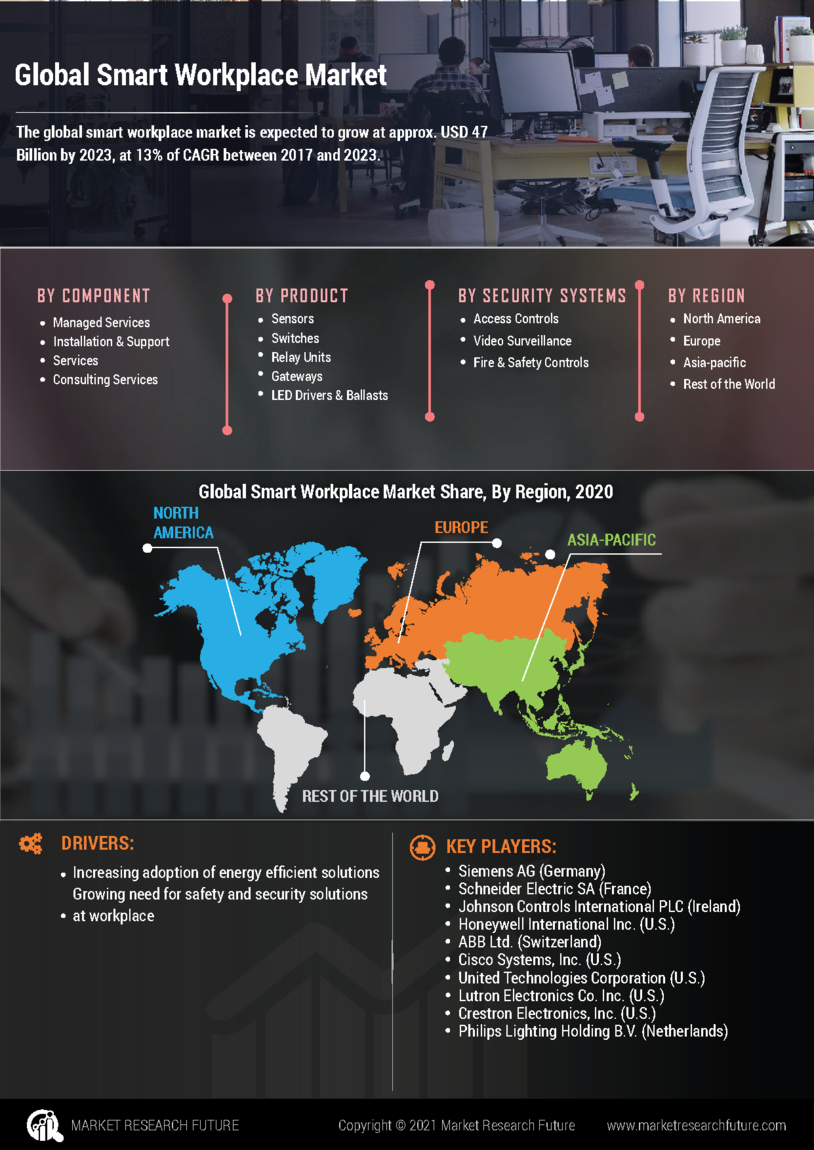
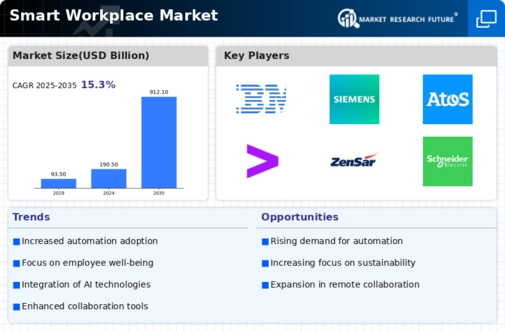
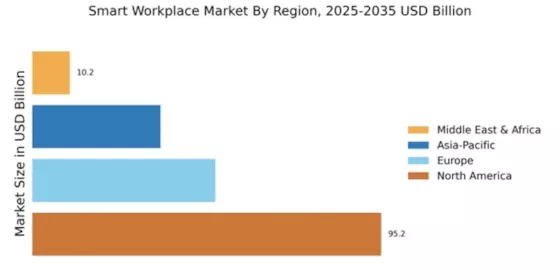
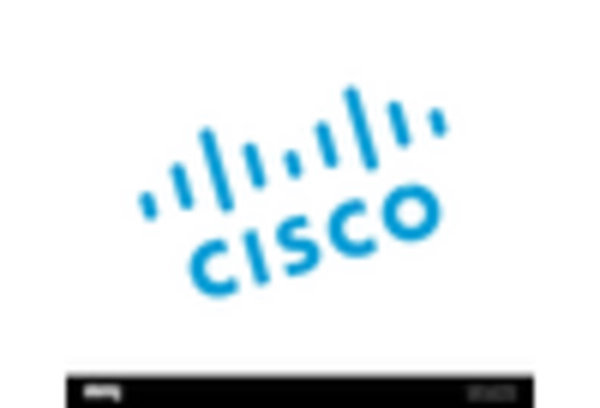

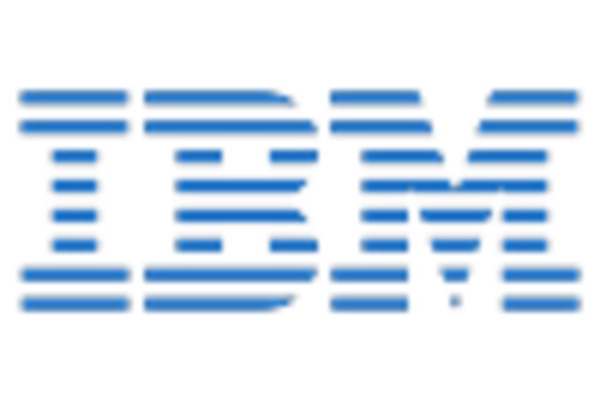

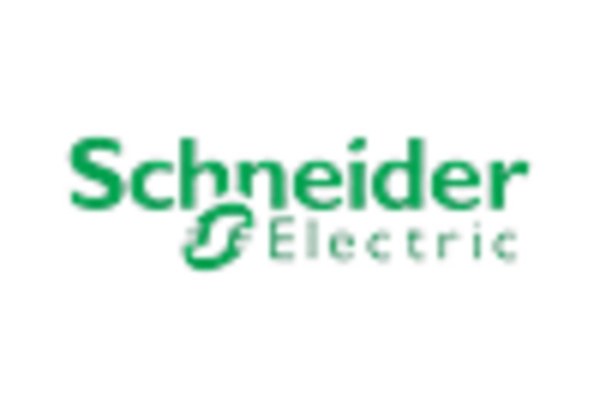









Leave a Comment